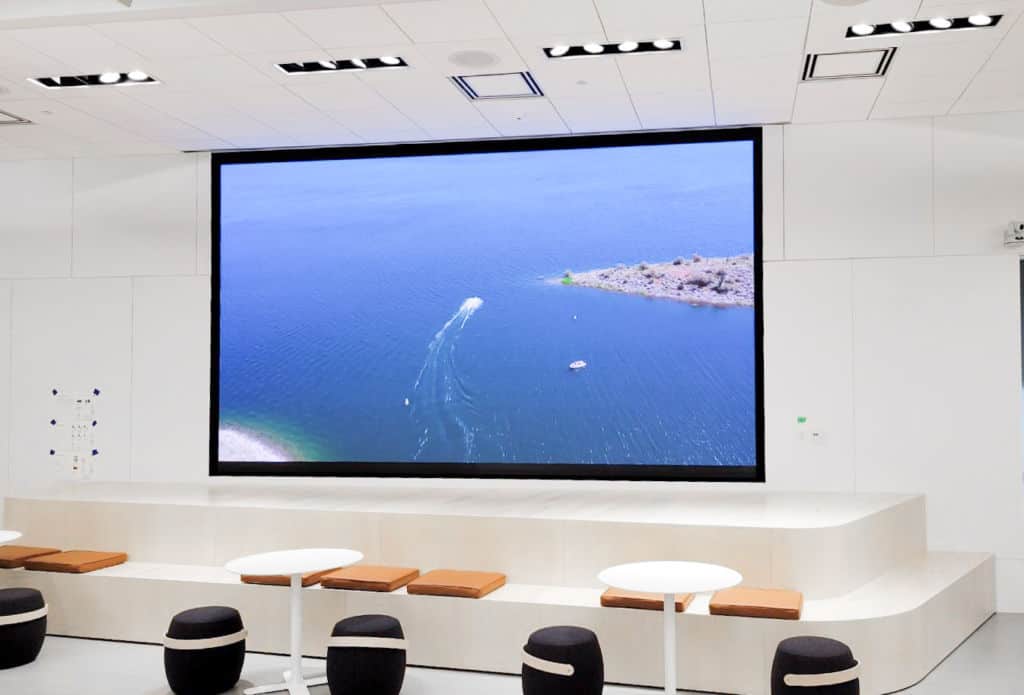The quality of the light-emitting diode components plays a significant role in color consistency. Different types of LEDs emit light at varying wavelengths, which can affect the total hue result. Premium LEDs are engineered to generate a more consistent light range, leading in improved hue precision. Additionally, the manufacturing method of these light-emitting diodes can affect their functionality. Screens made with high-grade materials and techniques tend to have fewer hue differences, guaranteeing that the shown pictures and footage look lively and faithful to life.

Tuning is another essential factor in preserving hue consistency in LED wall panels. Tuning involves adjusting the configurations of the screen to ensure that the colors shown align the intended design. This procedure can consist of adjusting brightness, differentiation, and hue balance. Regular tuning is essential, especially in environments where lighting factors vary frequently. By calibrating the panels, specialists can correct any discrepancies in hue result, resulting to a more uniform viewing encounter.
Surrounding conditions also affect color uniformity in light-emitting diode wall panels. Elements such as surrounding light, heat, and moisture can affect how colors are perceived. For instance, intense surrounding light can dull colors, making them appear less lively. Similarly, harsh heat can affect the performance of the LEDs, leading to hue changes. To reduce these issues, it is essential to install LED wall screens in managed settings where lighting and temperature can be managed effectively.
Lastly, the layout and arrangement of the light-emitting diode wall panels can impact color uniformity. The configuration of the screens, as well as the distance from which they are viewed, can create variations in hue recognition. When panels are arranged too far apart or at different angles, audiences may detect discrepancies in hue. To achieve the best visual output, it is crucial to take into account published here the placement and alignment of the screens during setup. By tackling these factors, users can ensure that their light-emitting diode wall screens provide a uniform and high-quality visual experience.